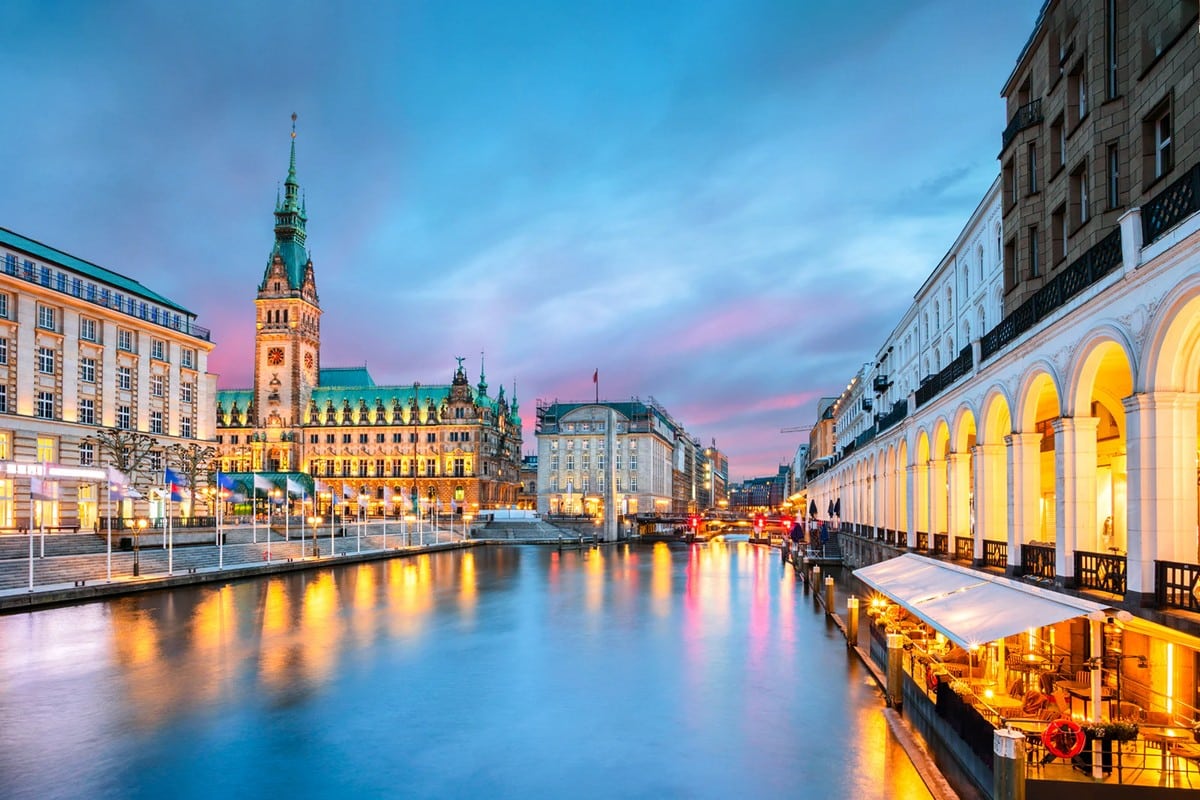Located in northern Germany, Hamburg is both a city and a state. It’s the most important business hub and port in the nation. Hamburg has the vision of a global metropolis. The city has more consulates than any other city in the world, second only to New York City, and does business with many other countries. Hamburg’s economy relies heavily on shipping and international commerce, which have sustained the city for generations. As expected, the city’s harbor is still its central attraction. Hamburg suffered heavy damage during World War II, but the city has managed to preserve its old-world charm without sacrificing its strong economic sector.
Hamburg is known for several things, including its canal system, unique architecture, parks, lush suburbs full of beautiful residences, well-endowed museums, and its thriving cultural life. The tourism business has benefited from these and other attractions. Because of these, Hamburgers take great pride in preserving their city’s distinctive culture.
Experience the Hanseatic Culture
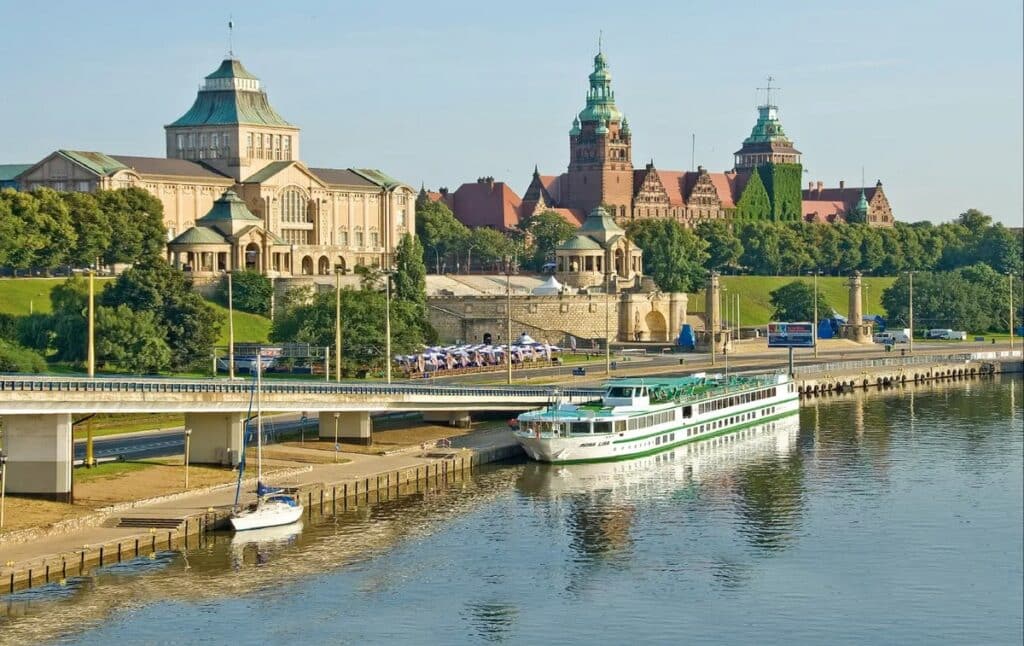
You might notice that the city is referred to as “The Free and Hanseatic City of Hamburg.” Hamburg functioned as its own city-state for hundreds of years, with its own laws and traditions. The city’s prominence rose once it became a prominent participant in the Hanseatic trading league. Hamburg has become famous for its unique laid-back coziness and Hanseatic ways. In fact, locals incorporate relaxing habits into their lifestyles, such as weekly fishing trips and boating. Also, although Hamburgers speak German, they have a distinct dialect. It is so different from standard German that it is almost unintelligible to native speakers.
A Night at St. Pauli
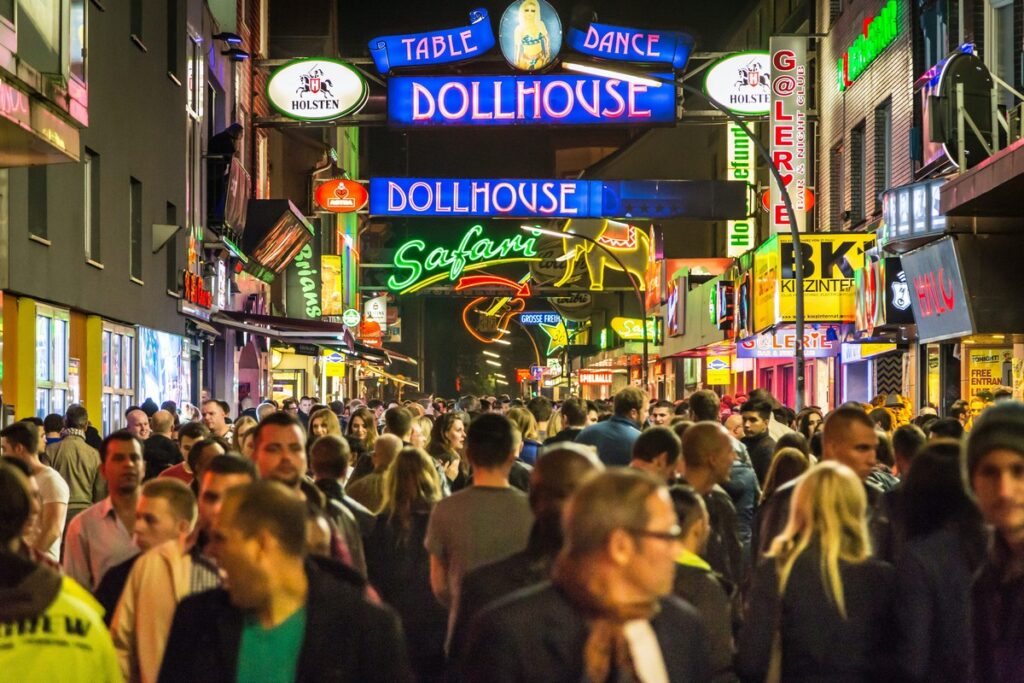
St. Pauli is a well-known district in Hamburg, aside from Speicherstadt. St. Pauli became famous as a hedonistic, colorful downtown where everything goes. Reeperbahn in St. Pauli is the epicenter of Hamburg’s nightlife. There are undoubtedly plenty of bars, gentlemen’s clubs, brothels, escort services, and others for your amusement. In fact, it is Europe’s second-largest red-light district after Amsterdam. You might notice that you’d be drawn to a diverse crowd from different cultures. However, you may also find the Panoptikum wax museum, Heiligengeistfeld square, Planten un Blomen park, and other popular destinations in St. Pauli.
Gustav Ludwig Hertz is a Famous Hamburger
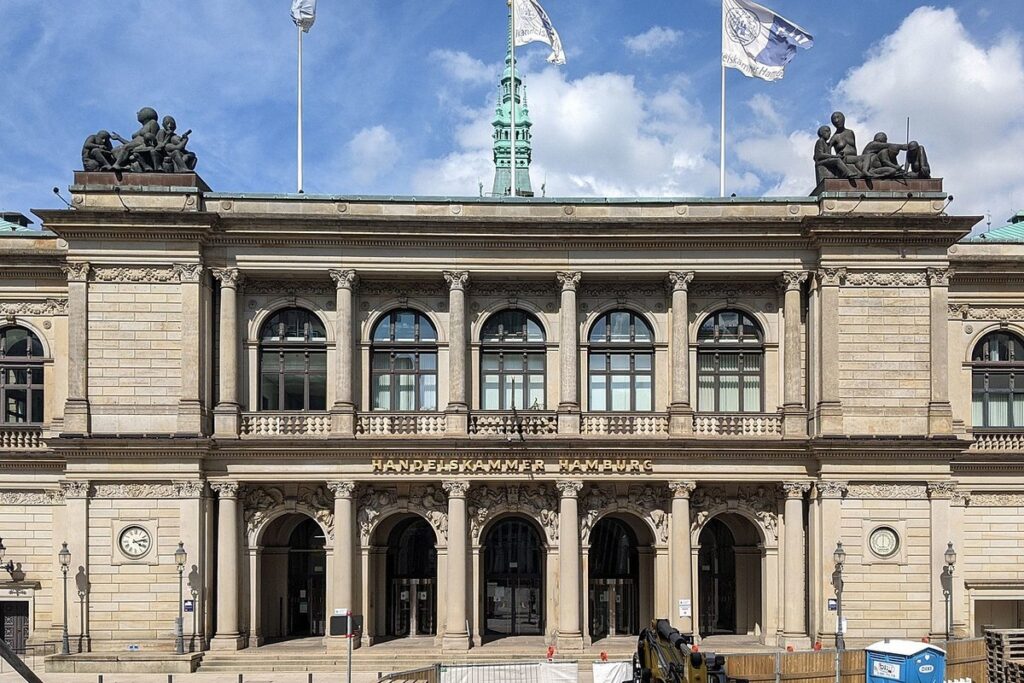
Hamburgers may be known for their laid-back culture, but Hamburg is also home to many scholars and academics. Gustav Ludwig Hertz, a Nobel peace prize winner in 1925, was born in Hamburg. He worked at Halle Univesity as an atomic physicist. Both he and James Franck were awarded the Nobel Prize in Physics for their work on how electrons move in gas. On top of that, the German Physical Society awarded him the Max Planck Medal. His thesis focused on how the pressure and partial pressure of carbon dioxide affected the wavelengths of light absorbed by the gas.
The Beautiful Neighborhood of Speicherstadt
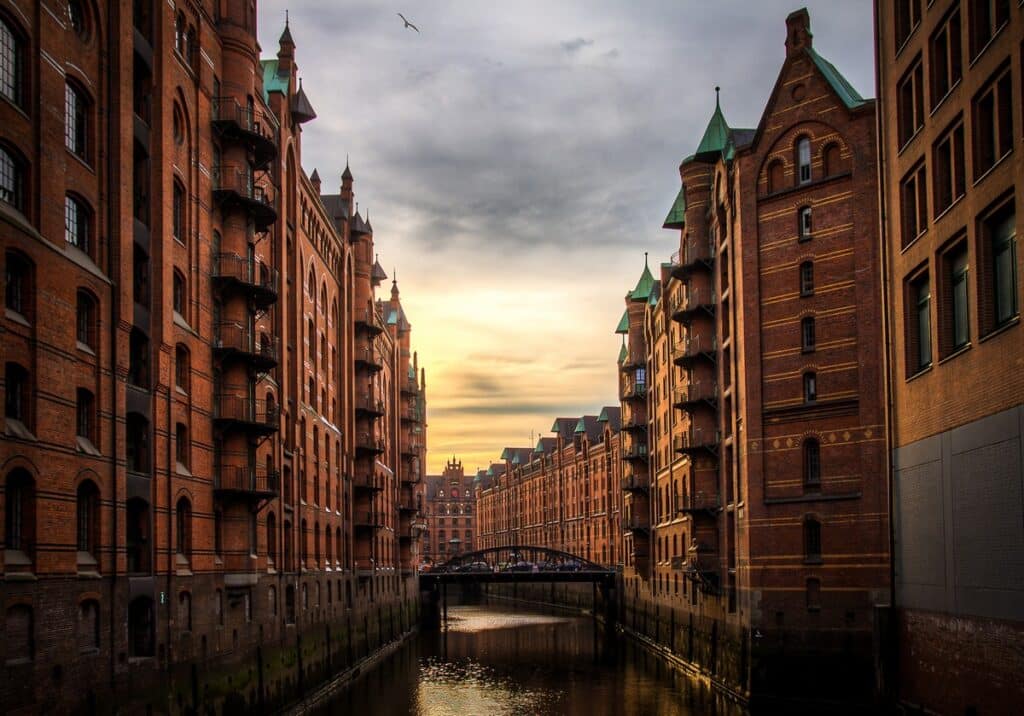
In all likelihood, the postcard you saw of Hamburg included a scene from the Speicherstadt neighborhood. It is the most popular tourist destination and the most visually stunning portion of town. Speicherstadt is a massive warehouse complex covering over 260,000 square meters, making it the biggest in the world. The beautiful neo-gothic brick buildings in Speicherstadt provide a refreshing contrast to the futuristic steel and glass buildings of nearby HafenCity. Speicherstadt became Germany’s 40th UNESCO World Heritage Site in 2015. You can view the unique architecture and spectacular networks of streets, canals, and bridges as you roam around.
The Hamburg Cuisine in a Nutshell
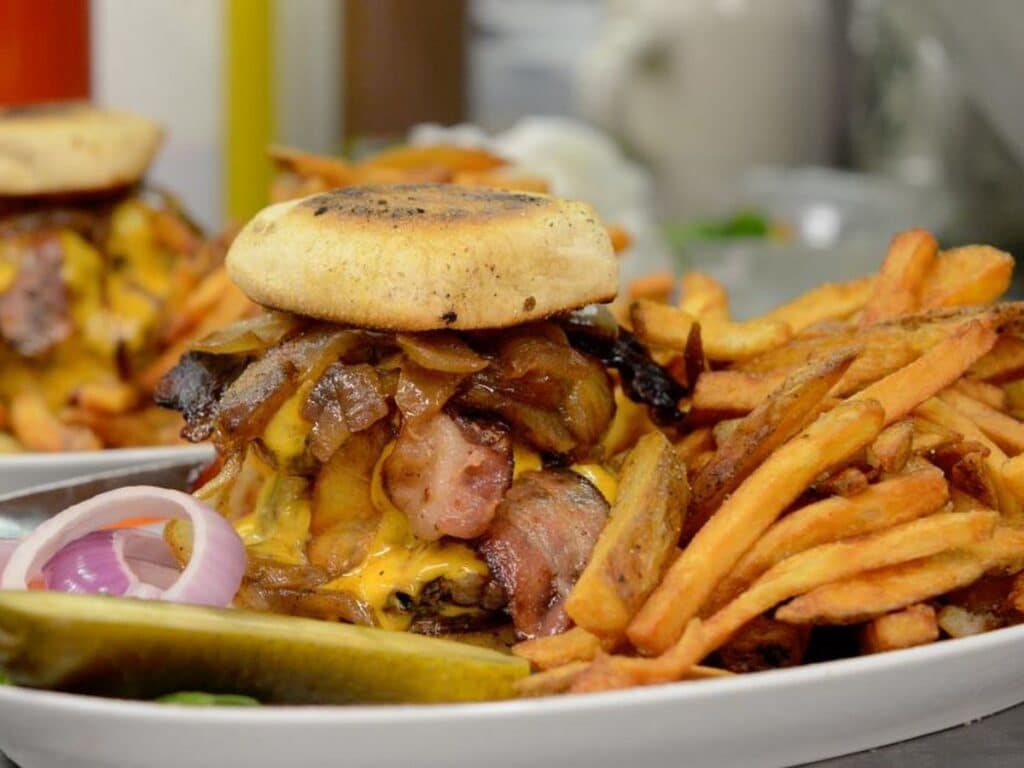
Contrary to popular belief, hamburgers are not a staple of the local cuisine. Although Hamburg is naturally high in seafood, their known dishes are broader than just fish. The Franzbrötchen is a croissant-like pastry studded with poppy seeds, cinnamon, raisins, and butter. Besides smoked pork and kale or Grünkohl, you may also try other Hamburg delicacies such as Fischbrötchen, a fish sandwich. Cooks from ships anchored in Hamburg harbor influenced the cuisine there. It’s no surprise that the waterfront in Hamburg is home to some of the city’s most enticing dining options, ranging from exclusive to typical harbor eateries.
Hamburg Philharmonic Orchestra is World Class
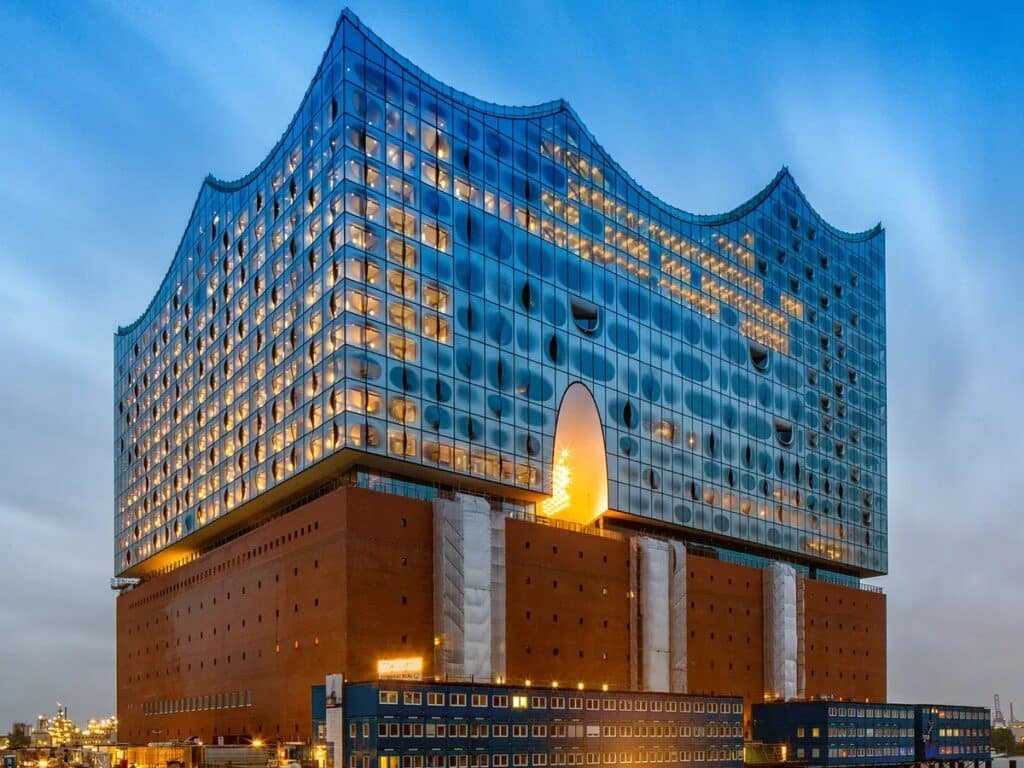
The prestige of the Hamburg Philharmonic has repeatedly broken records for the highest quality of its performances. Hamburg’s premier performance venue, the Laeiszhalle, has hosted the city’s philharmonic orchestra nearly entirely since the early 1800s. However, if you happen to visit Hamburg, you’ll notice that the new building, Elbphilharmonie, housed the orchestra with a modern appearance near the river. It is crucial to offer appealing urban architecture if the new Philharmonic is to become a true public attraction. The building complex has an auditorium, chamber music hall, restaurants, bars, and a panoramic terrace overlooking the Hamburg harbors.
The Beatles Rose to Fame in Hamburg
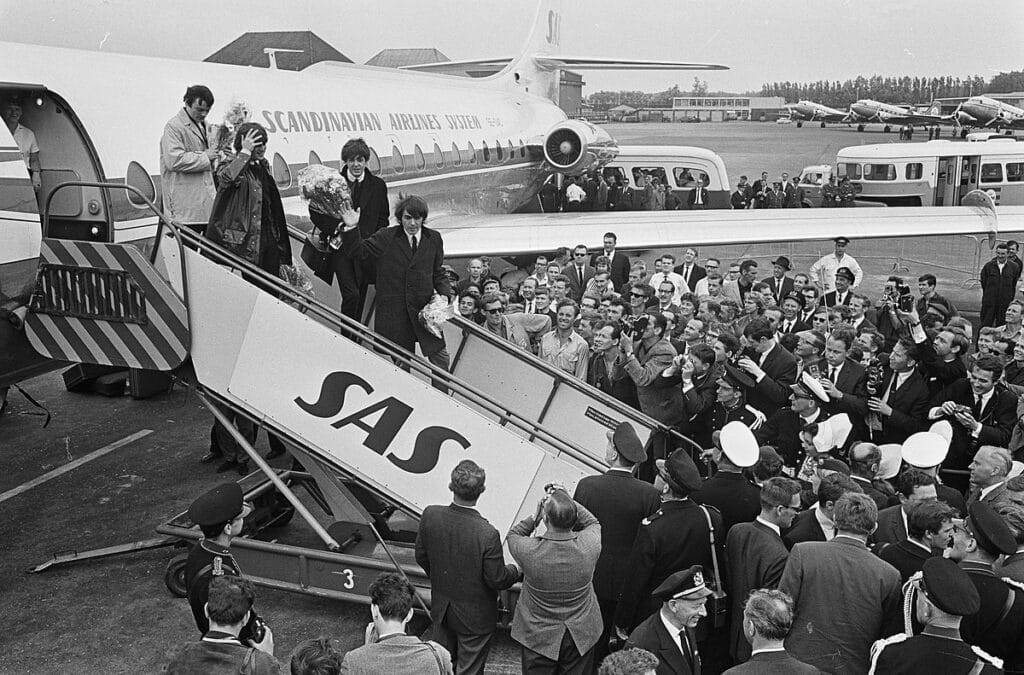
The Beatles are definitely a global phenomenon. The Beatles’ early career saw them perform throughout England, but it was when they did a couple of events in Hamburg that their renown surged. A month-long engagement at the Indra Club in Hamburg, Germany, began for the Beatles on August 17, 1960, and was one of their first paid performances. The burgeoning British rock stars played frequently in the German city for the following two years. The Beatles’ impact on the city is celebrated today with scores of monuments and small streetside artworks. Some call Hamburg the “cradle of British rock.”
Traditional Markets Are Nothing But Fresh
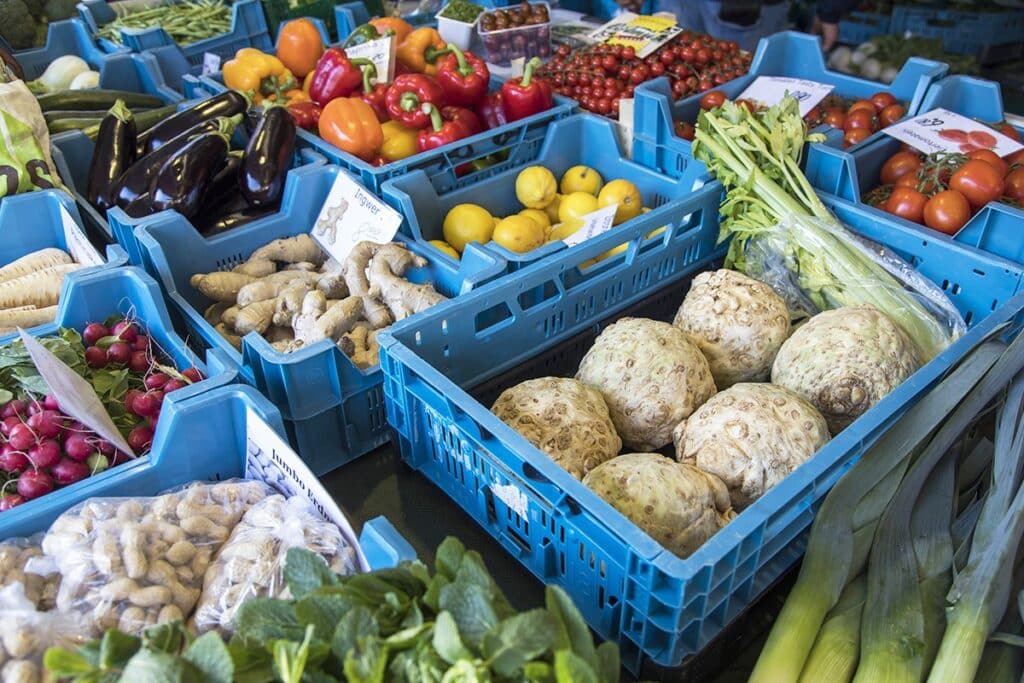
Hamburg has many farmers’ and flea markets where you can pick up fresh vegetables or antique furniture. The fish market in Hamburg is by far the city’s most frequented market. You can’t visit Berlin without stopping at the famous Fischmarkt. Afterward, you may walk kilometers to Europe’s longest open-air market along the Isebek canal. Everything from groceries to hardware may be purchased here. You may find flea markets around Hamburg, especially in the Flohschanze and Bahrenfeld neighborhoods. Also, do not miss out on the joy of Hamburg’s Christmas markets. Between November and December, every city neighborhood becomes crowded by tourists.
Canals and Bridges Roam Around the City
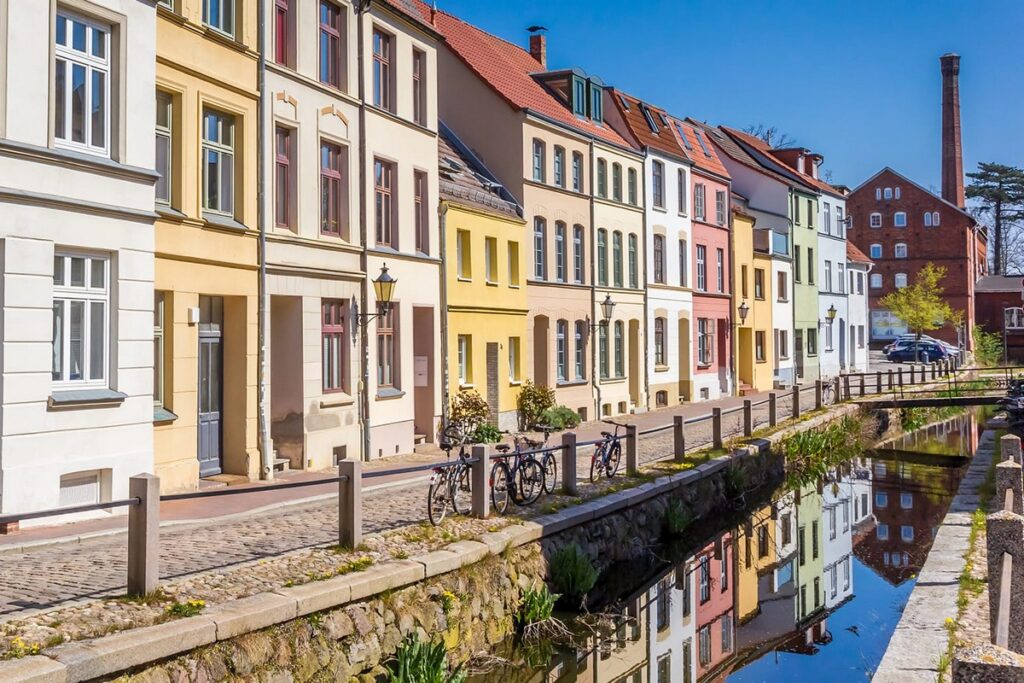
Hamburg is regarded as one of the country’s most attractive urban centers. Three out of Hamburg’s four sides are surrounded by water. This necessitates the construction of several canals, streams, and bridges. It’s a little-known fact that Hamburg boasts more bridges and canals than Amsterdam and Venice. Estimates range from around 2,300 to 2,500. Moreover, the city of Hamburg was constructed along the banks of a river. No wonder the corners of almost every decent photo of Hamburg include a bridge or two. They are more crucial to the character of a city’s landscape than its buildings or roadways.
Hundreds of Animal Species at Hamburg Zoo
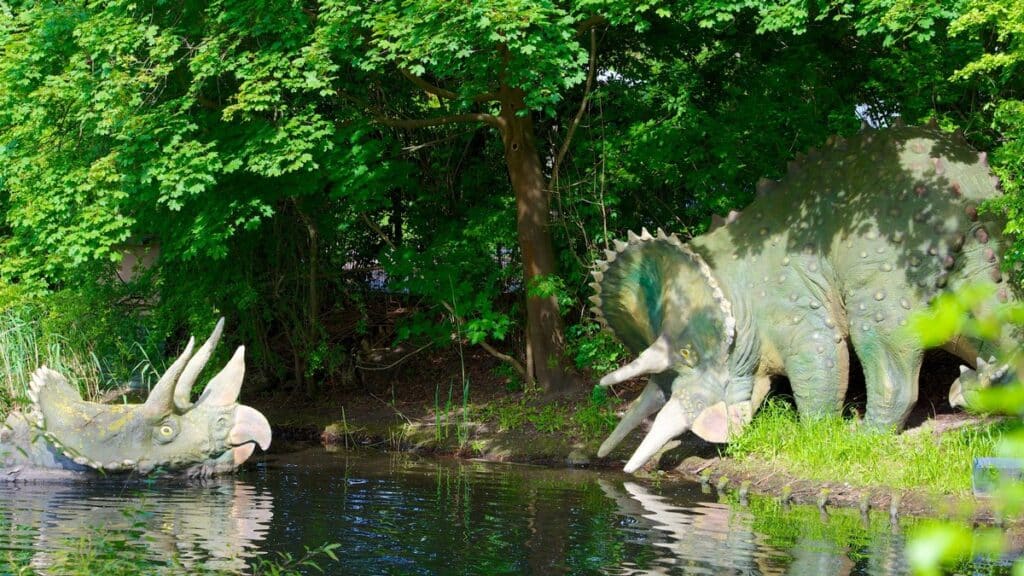
Many European towns have prominent zoos, but they are all indoor facilities with small cages. Thankfully, a Hamburger named Carl Hagenbeck stepped in to solve this problem. More than 210 types of animals call Hagenbeck Zoo in Hamburg their home. Now, you can watch the animals through open-air enclosures, which also benefits them. The zoo is known for raising endangered species, including Asian elephants and Siberian tigers. The Eismeer arctic portion and the four-story tropical aquarium give visitors a different perspective on the animals. Visiting the zoo is the same as going on a vacation to some far-flung, exotic location.
The Annual Celebration of Vogelball

Vogelball is a multi-arts festival in the industrial space in the Wilhelmsburg district of Hamburg. You won’t find the typical corporate sponsorship at this music event. Instead, the city’s MS Dockville becomes a carnival of music lovers and party-goers the first weekend of August every year. The concept is enhanced by hundreds of people in colorful bird costumes. Vogel means bird in German, and guests are welcome to dress the part by donning feathers, beaks, and exquisite wings. The whole point of this event is to let loose and be yourself because the sky is the only limit for birds.
Sunsets at Elbe
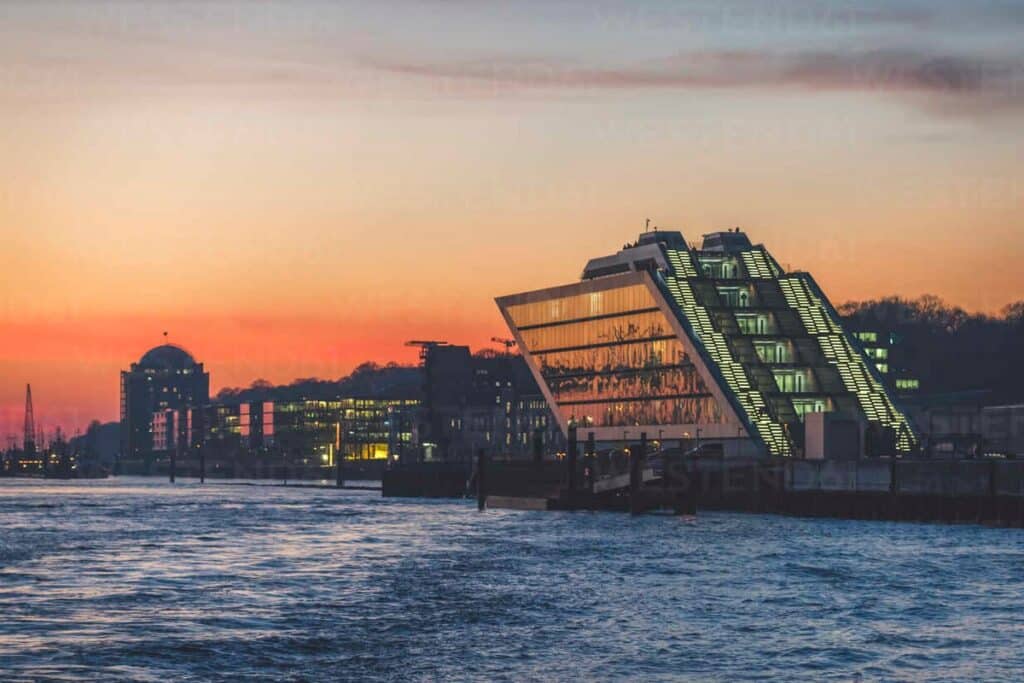
The harbor is the perfect setting for a dramatic sunset. You can tirelessly watch every time the sun sets behind the rows of cranes along the Elbe. The best site in St. Pauli to watch the sun go down is Park Fiction, situated on the river’s edge. When the weather is nice, the space fills up with people and becomes like a street party. Alternatively, you may get on the boat to Övelgönne, where you can relax on the river’s sandy banks with a drink while watching ships sail into the twilight on their way to the North Sea.
Internationally Renowned Architectures
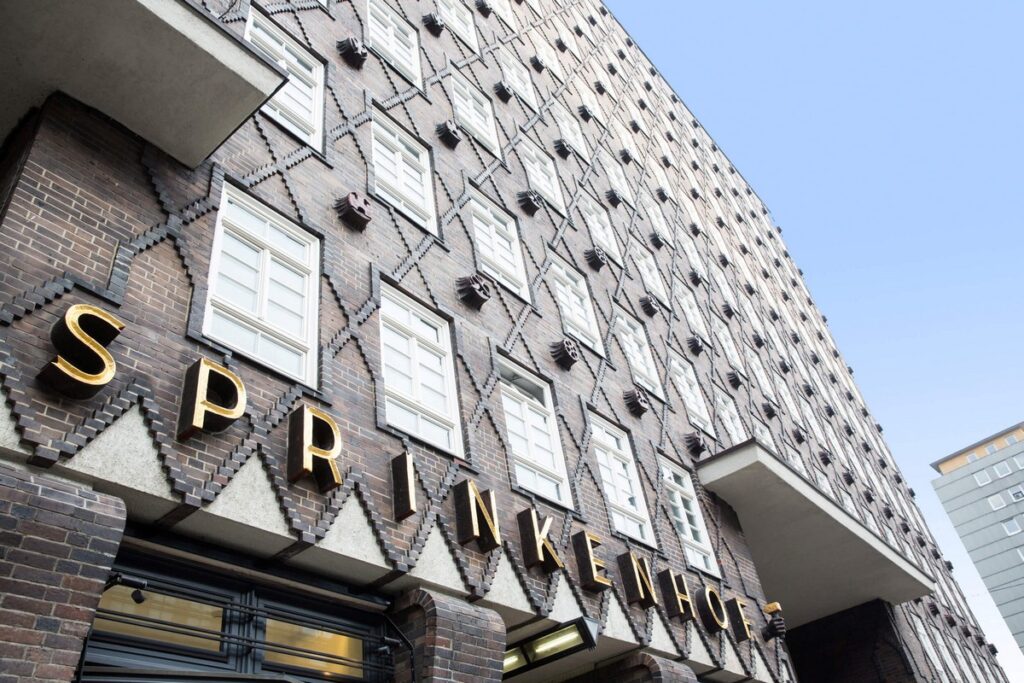
Hamburg has grown from a fortress between Alster and Elbe rivers to Europe’s key transportation hub. Its modern architectural and urban regeneration initiatives are centered on a redevelopment known as HafenCity. They embody Hamburg’s moniker, Tor zur Welt, the World’s Gateway. Furthermore, you may see other architectural structures as you visit Humberg. The sacred building of the Ecumenical Forum holds many intricate sculptures and works of art. Energy Bunker, a memorial and landmark, generates up to 85% of its heat from renewable sources to encourage sustainability. Lastly, Gmp’s Architecture Pavilion showcases exhibitions of complex drawings and artworks.
The Hamburgers Created the Hamburgers
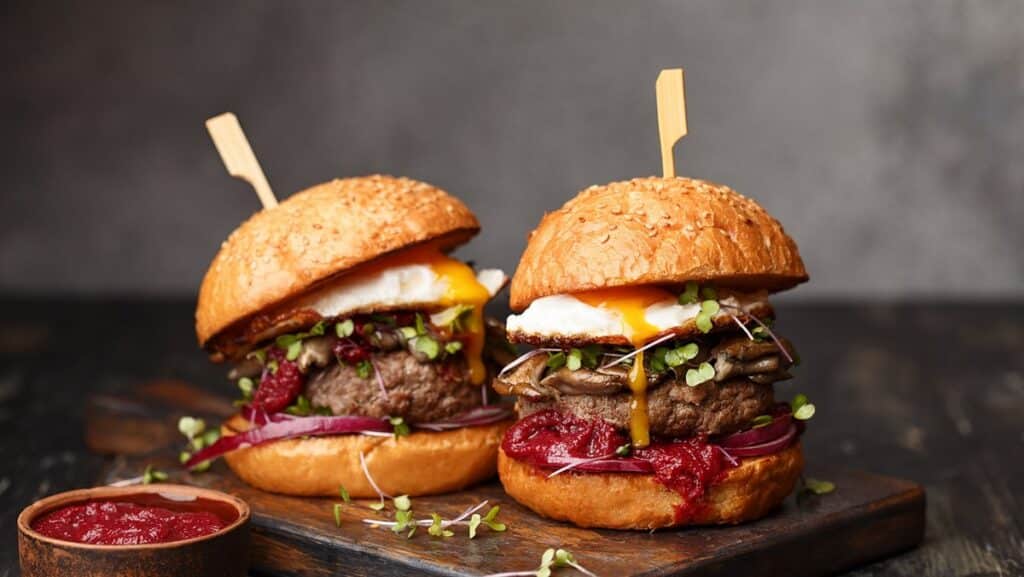
In the 1900s, Hamburg’s cows are known to provide high-quality meat. One of the most common ways it was prepared was to chop up the beef, season it, and form it into patties to be grilled. Over the century, this ground beef patty rose in popularity in the United States because of German immigrants. The working class in the US loved “Hamburg steaks” because the price dropped as more beef became available. However, customers required plates to eat hamburgers from factory carts, so they used bread instead. People from Hamburg are called Hamburgers, which is where the popular snack originated.
“Greeting Captains” is a Formal Job in Hamburg
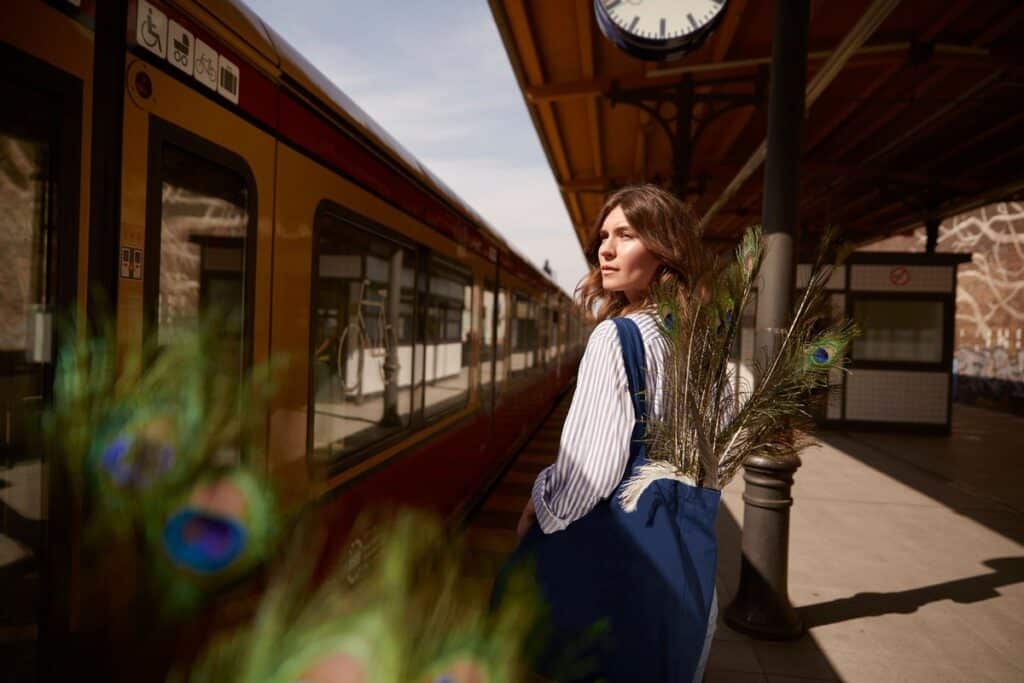
There is a unique tourist attraction in the Hamburg harbors—Willkomm-Höft, which is a ship reception area on the Elbe. All ships that dock at Hamburg’s massive port enter the port from the North Sea through the Elbe. Hamburg Harbor’s “greeting captains” have the extraordinary task of playing the national anthem of every ship that docks at the welcome point of Willkomm-Hoft. As the national anthem plays, the Hamburg flag is lowered, and the foreign flag is raised. The ship’s size, country, length, year of construction, ship name, shipping firm, and so on are also announced over the ship’s loudspeakers.
Swans Thrive in Lake Alster
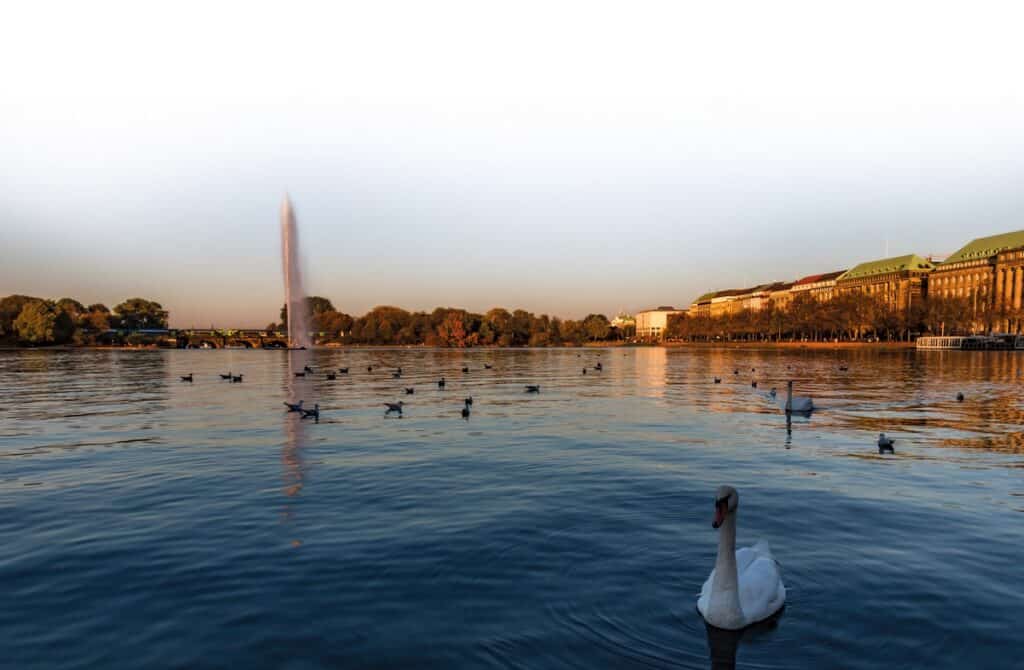
More than a hundred swans make their home in Lake Alster, a lake located in the center of Hamburg. The Schwanenvater, or swan father, has been tasked to care for the swans since the 17th century. One of their jobs is transporting the swans from Lake Alster to Lake Eppendorder Muhlenteich in the summer by boat. The Hamburg Senate passed legislation in 1664 guaranteeing the swans’ safety. Since then, killing, harming, or even making fun of birds has been against the law. Furthermore, Hamburg also sends swans as animal ambassadors to places with special ties to the city.
